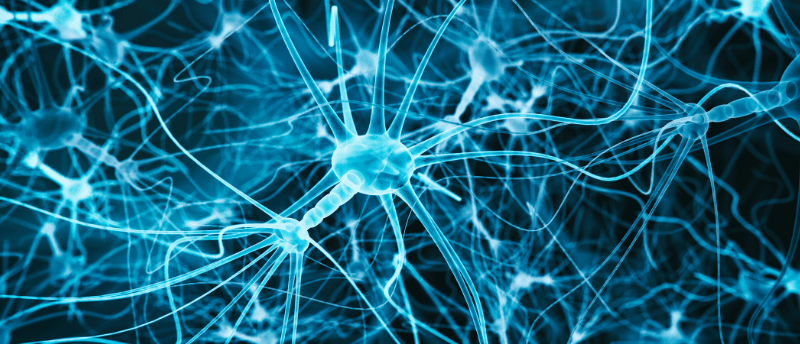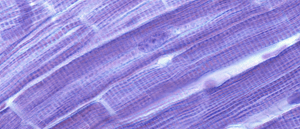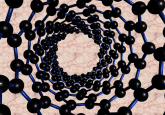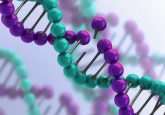Flip-flopping fibrils: synthetic amyloid peptides developed for drug delivery

Researchers have developed a potential new peptide-based drug delivery system by repurposing fibrils that contribute to Alzheimer’s disease pathogenesis.
Researchers at the University of North Carolina at Chapel Hill (UNC-Chapel Hill; NC, USA) and Emory University (GA, USA) have recently developed designer amyloid beta (Aβ) peptides, which form amyloid fibrils that change their direction of twist according to thermal cues. This ability to alter fibril morphology was achieved by introducing iterative alterations to a region in the Aβ peptides responsible for fibril formation. It is hoped that one day synthetic temperature-sensitive fibrils like these could be used as a degradable drug delivery platform.
The appearance of amyloid fibril plaques in the brain is a major hallmark of Alzheimer’s disease (AD). Amyloid fibrils are formed from the aggregation of individual Aβ peptides, which are produced through the enzymatic cleavage of amyloid precursor protein in the brain. Aggregation occurs when the Aβ core self-assembly motifs begin to interact. These spiraling fibrils can twist in different directions, a feature referred to as supramolecular chirality. It is thought that morphological differences, including this chirality, lead to different rates of degradation of amyloid fibrils and therefore differences in the rate of AD progression.
Researchers focused on the Aβ-42 peptide, a major amyloid peptide produced in AD patients. The Aβ-42 core self-assembly motif was modified sequentially, and the chirality and morphology of the resultant fibrils were examined using techniques including transmission electron microscopy, electron diffraction and circular dichroism.
 Cryo-EM reveals an amyloid protein structure associated with a rare disease
Cryo-EM reveals an amyloid protein structure associated with a rare disease
Solving the structure of an amyloid protein gives new insight into limb-girdle muscular dystrophy type 3 (LGMD D3) and functional protein aggregation.
This approach revealed that N-terminal modification of the Aβ-42 core self-assembly motif was able to produce morphologically different fibrils capable of switching chirality from ‘left-handed’ to ‘right-handed’ when heated to 95°C and then annealed. Following this, alterations to the C-terminus were able to tune the transition temperature to within physiological ranges.
These initial findings were then applied to the development of a controlled drug delivery platform. The chemotherapeutic drug doxorubicin was loaded into these physiologically tuned fibrils, and their effectiveness as drug delivery systems was assessed using confocal microscopy on cultured cancer cells.
One kind of doxorubicin-loaded variant fibril – with a transition temperature below body temperature – was revealed to be more effective at killing cancer cells and preventing their proliferation than an alternative fibril variant with a higher transition temperature, indicating that fibrils could be programmed to reverse chirality and release their therapeutic payload in a temperature-dependent manner.
These results suggest that tunable, temperature-sensitive chiral fibrils have the potential to serve as novel drug delivery platforms, which have the benefit of being susceptible to degradation only after payload release. Moreover, these findings provide further insights into the formation of amyloid fibrils in AD progression, raising the possibility of exploiting these properties to aid in the degradation of amyloid fibrils in situ as a treatment for AD. “The ability of these amyloid materials to be untwisted and degraded highlights potential for treatments modifying and subsequently reversing plaques found in Alzheimer’s, and other neurodegenerative diseases,” elaborated Ronit Freeman (UNC-Chapel Hill), lead author of this study.





